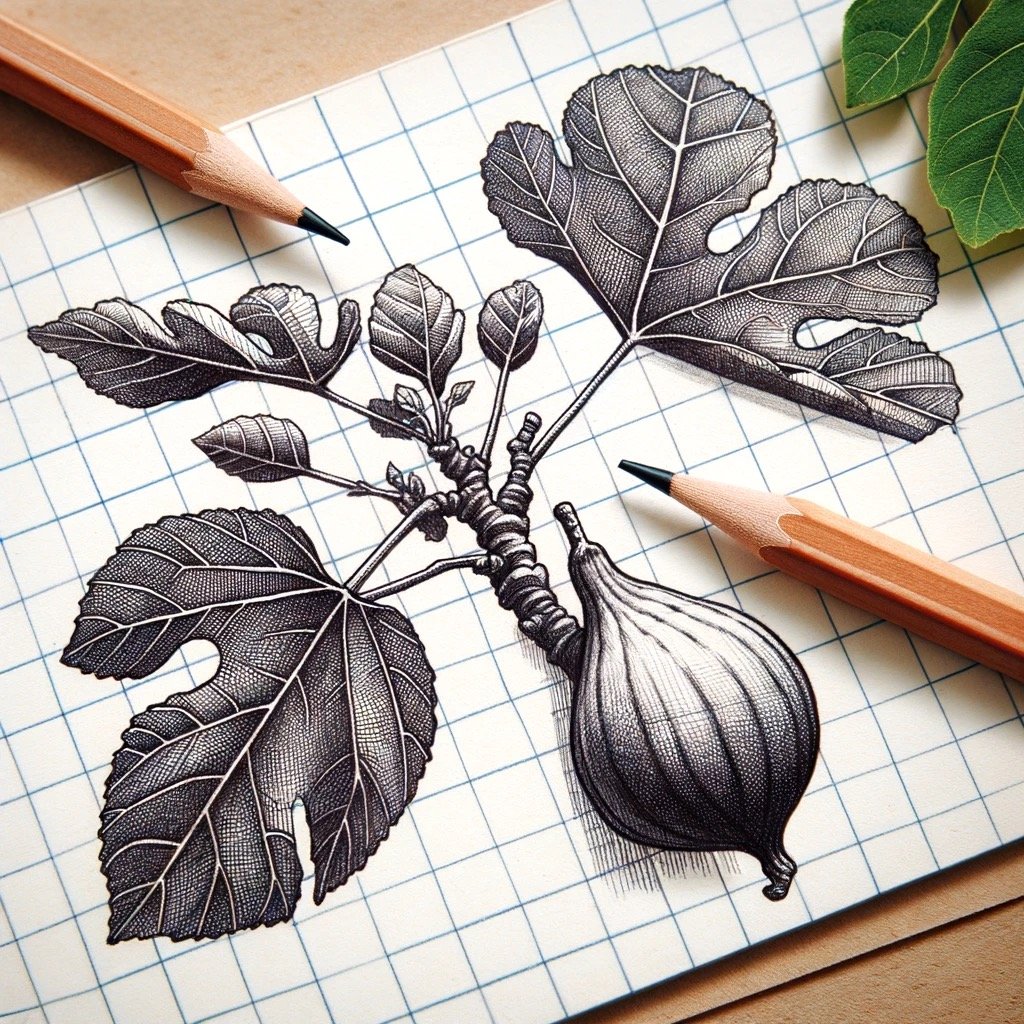
Embracing the Chill: Growing Cold Hardy Figs in Your Garden
Images of sun-drenched Mediterranean landscapes often come to mind when we think of fig trees. However, even in colder climates, certain fig varieties can thrive and produce delectable fruits. Cold hardy figs are a game-changer for gardeners in cooler regions. In this blog post, we'll explore these resilient varieties, their propagation, care, and how to manage winter dieback, encouraging those in colder regions to consider these fruitful additions to their gardens.

Understanding Chemical and Pollution Injury in Plants: Chronic vs. Acute Injury
When evaluating the health of plants, particularly in the context of chemical and pollution injuries, it's crucial to distinguish between chronic and acute injuries. These terms refer to the duration and intensity of exposure to harmful substances, which can significantly impact the signs and symptoms observed in affected plants.

The Legacy of Gifford Pinchot: U.S. Forest Service Pioneer
Gifford Pinchot's legacy as a pioneering conservationist is deeply interwoven with the fabric of America's environmental history. His life and work represent a monumental shift in the nation's approach to natural resource management, leaving an indelible mark on the country's landscapes and conservation policies.

Understanding Herbicide Injury in Plants: Differentiating from Other Abiotic Disorders
Abiotic disorders in plants encompass a range of non-living factors that can negatively impact plant health, including water, temperature, and chemical stresses. Among these, herbicide injury is a significant concern, as it arises explicitly from exposure to chemicals used for weed control. Recognizing and differentiating herbicide injury from other abiotic disorders is crucial for effective plant management and care.
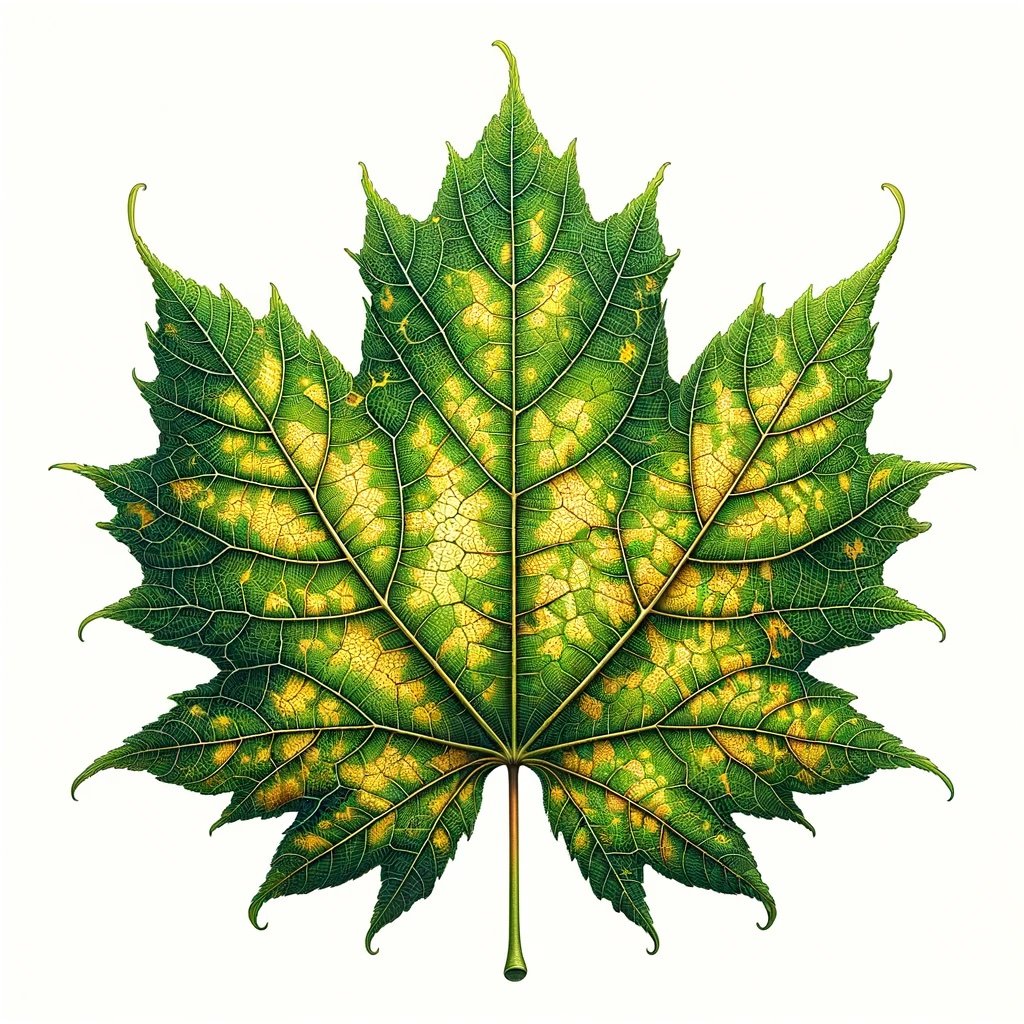
Common Nutrient Deficiencies & Toxicities and Their Symptoms in Trees
In my preparation for the BCMA exam, I've deepened my focus on the crucial aspect of nutrient management in trees. Though I had a foundational understanding, honing in on nutrient deficiencies and toxicities has significantly expanded my understanding. Trees require a balanced nutrient profile for optimal physiological function, and imbalances can manifest through various symptoms. It goes beyond mere problem identification; it's about understanding the nutritional needs for the biological health of trees.

Ilex crenata 'Sky Pencil'
Gardening enthusiasts are always looking for unique plants that add a distinct charm to their green spaces. One such plant that has gained popularity for its striking appearance and adaptability is the Ilex crenata 'Sky Pencil.'

Capturing Your Plant's Identification: A Field Photographer's Checklist
Follow this systematic approach when taking photographs for plant ID:
Overall Structure: Capture a clear image of the entire plant to illustrate its form, whether erect, sprawling, or vine-like.
Leaf Anatomy: Take detailed photos of leaves, showing upper and lower surfaces. Note their opposite, alternate, or whorled arrangement and detail the margins and shape.

Understanding Nutrient Mobility and its Impact on Plant Symptomatology
When discussing nutrient deficiencies and toxicities in plants, it's crucial to understand how nutrient mobility within the plant can influence the presentation of symptoms. Nutrient mobility refers to the ability of nutrients to move within the plant tissues. This mobility significantly affects where deficiency or toxicity symptoms appear on the plant.
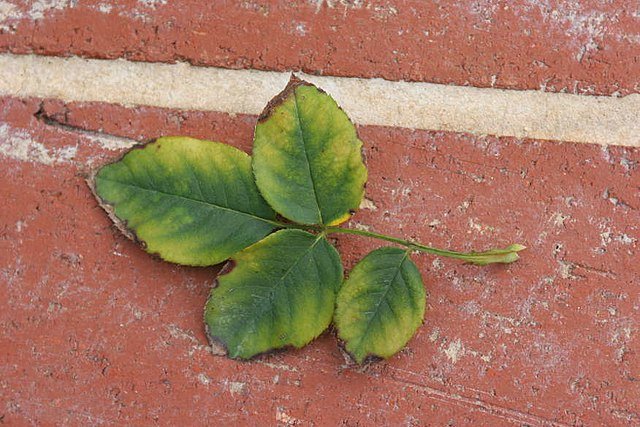
Essential Nutrients with Potential Toxicity in Plant Health
Like any living organism, plants require various nutrients for their growth and development. However, when these nutrients are in excess, they can become toxic, adversely affecting plant health. Nutrient toxicity in plants can manifest in multiple ways, including stunted growth, leaf chlorosis, tissue necrosis, and increased susceptibility to diseases.

Soil Characteristics and Plant Nutrient Availability
Understanding the relationship between soil attributes and nutrient dynamics is vital in arboriculture. Soil type and pH influence nutrient availability, often leading to abiotic disorders manifested through nutrient deficiencies or toxicities.

Arctostaphylos uva-ursi
Arctostaphylos uva-ursi, commonly known as Kinnikinnick, is a testament to the resilience and diversity nature offers in groundcover plants. This plant is favored for its hardiness and aesthetic appeal; this low-growing evergreen brings beauty and versatility to gardens. Explore its native range, hardiness, detailed propagation methods, ideal growth conditions, and remarkable cultivars.

Assessing Soil and Site Influences on Plant Performance
Understanding the impact of soil and site conditions on plant health is crucial for effective arboriculture. Different biotic and abiotic environmental factors profoundly influence plant growth, health, and productivity.

Understanding and Comparing the Effects of Salt in Soil and Salt Spray in the Air on Tree Health
The adverse effects of salt on tree health can be effectively mitigated by selecting suitable species, thoughtfully designing landscapes, and proactively managing soil and plant health.
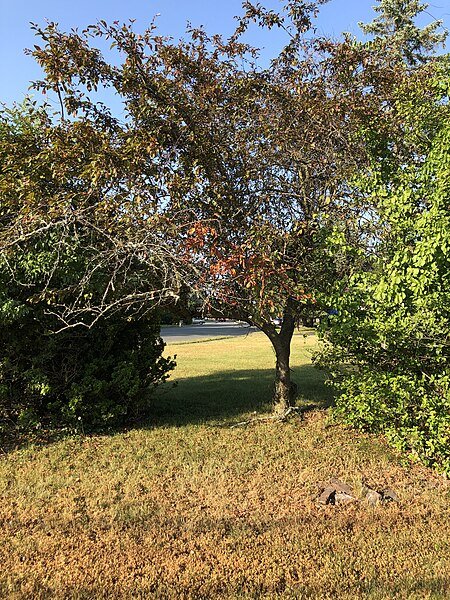
Assessing Soil and Site Influences: Chronic vs. Acute Water Deficiency
Understanding the impact of water deficiency on plants is crucial for arborists. Chronic and acute water shortages can significantly affect plant health, but their symptoms and long-term effects differ.

Assessing Soil and Site Influences: Water Deficiency
Understanding the role of soil and site conditions is crucial in diagnosing plant water deficiency. Here, we explore the key factors contributing to water stress symptoms, combining visual inspection, understanding soil and site conditions, and analyzing plant behavior.

Assessing the Impact: Key Factors Influencing the Severity of Physical and Mechanical Injuries in Plants
The past few posts have focused on physical and mechanical injuries to trees. In this post, we delve into the factors that influence the severity of damage from physical and mechanical injuries to plants. These injuries can range from accidental damage due to landscaping activities to intentional vandalism, each causing varying degrees of plant harm.

Understanding the Impact of Planting Pot-Bound Trees with Circling Roots
When choosing a tree for your landscape, the health and structure of its roots are as crucial as the beauty of its canopy. A common issue in nursery-grown containerized trees is becoming "pot-bound" – a condition where roots grow densely within the confines of a container, often circling and entangling themselves.

Navigating the Challenges of Staking and Guying Urban Trees
In the landscape trade, staking and guying trees is a common practice, especially for supporting young or vulnerable trees. This intervention can be crucial for a tree's initial stability and growth. However, if not executed with precision and care, it can lead to many problems.
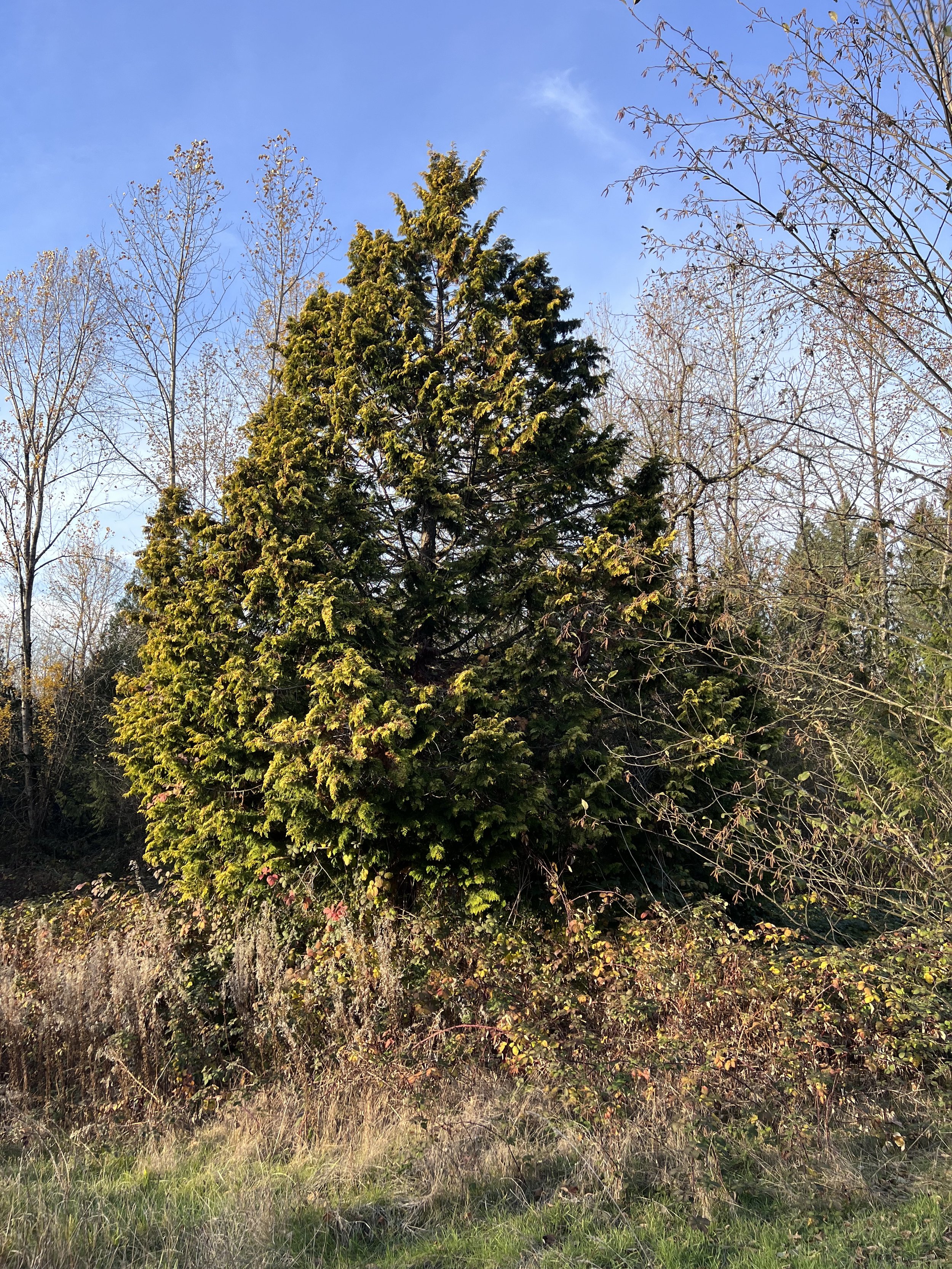
Chamaecyparis obtusa 'Crippsii'
There's something special about encountering a remarkable tree in an unexpected place. Along my usual route to our nursery, a unique individual of Chamaecyparis obtusa 'Crippsii,' also known as the Golden Hinoki Cypress, has stood as a silent sentinel for over 25 years.

Tree Troubles: Recognizing and Responding to Mechanical Damage
Trees are not just aesthetic elements of our landscapes but vital living organisms that contribute significantly to our environment. However, they are often subject to various forms of mechanical damage, which, if left unnoticed or untreated, can lead to severe health issues or even tree loss.
